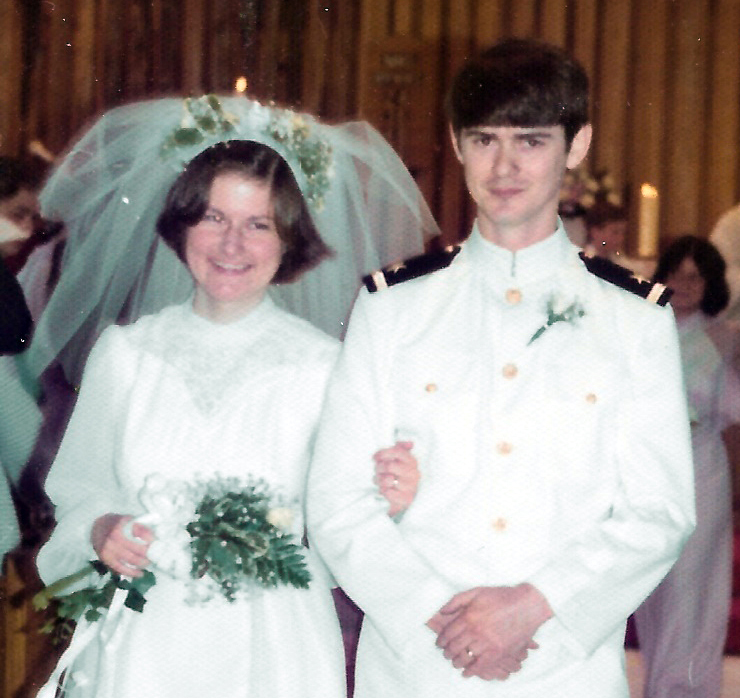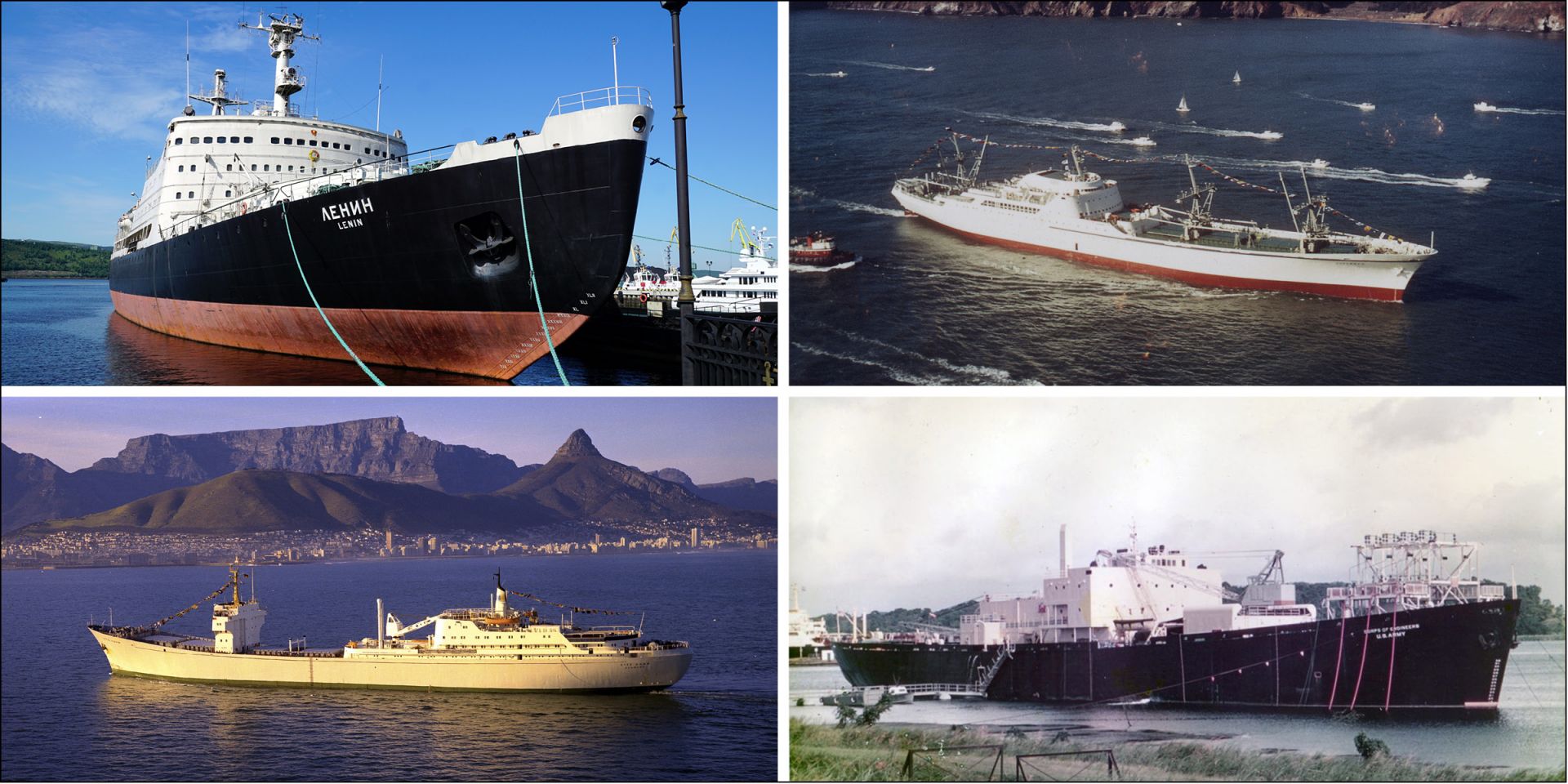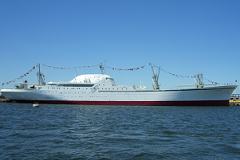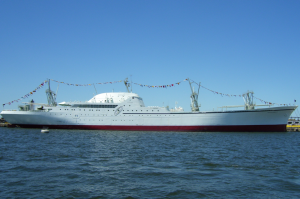November 15, 2024, 7:03AMNuclear NewsErhard W. Koehler and Anne Jennings N.S. Savannah, the first commercial nuclear-powered cargo vessel, en route to the World’s Fair in Seattle in 1962. (Photo: U.S. National Archives)
It’s safe to say that readers of Nuclear News are familiar with decommissioning. It’s even safe to assume that experienced decommissioning practitioners are familiar with the National Historic Preservation Act (NHPA) and how it applies to typical projects. What’s different about the N.S. Savannah is that the entire project site is a historic property—and in fact, is a federally owned National Historic Landmark (NHL), a status that confers the highest level of protection under law. Federal owners of NHLs are obligated to minimize harm in both planning and actions. Distilled to its salient point, no federal owner of an NHL should destroy it if there’s a reasonable alternative. That level of preservation is not what we normally associate with nuclear decommissioning. This perfectly summarizes the challenges, and opportunities, that decommissioning Savannah offered. The story of how the Maritime Administration (MARAD) managed these two otherwise contradictory processes showcases how historic preservation and decommissioning can positively intersect, provides a pathway for other historic facilities, and further adds to the already illustrious history of one of our nation’s significant 20th century landmarks.
September 12, 2024, 12:00PMNuclear NewsErhard W. Koehler and Anne Jennings N.S. Savannah docked in Baltimore in May 2024. (Photo: MARAD)
The American Nuclear Society was formed in 1954 in the wake of President Eisenhower’s seminal Atoms for Peace speech. Around the same time that Congress was debating the Atomic Energy Act and John Landis was helping establish ANS, the National Security Council began deliberating about adding a nuclear-powered merchant ship to the nascent Atoms for Peace program. We like to imagine that the idea germinated after Mamie Eisenhower christened the U.S.S. Nautilus, but the truth seems much drier. Regardless, Ike championed the project and announced it to a surprised crowd in an April 1955 speech in New York City at the Waldorf Astoria Hotel. Landis would become the principal architect of the ship’s nuclear power plant. Although Savannah’s reactor now rests in the low-level radwaste repository in Clive, Utah, the ship’s prospects are as bright as the future of ANS itself.
The NS Savannah. (Photo: NS Savannah Association)
The Nuclear Regulatory Commission will hold a public meeting on May 8 to discuss the license termination process for the retired nuclear-powered merchant ship, the NS Savannah. During the meeting, NRC staff will discuss the license termination process and receive public comments on the remaining cleanup activities described in the license termination plan for the historic ship, which may see a second life as a floating museum.
The N.S. Savannah. (Photo: N.S. Savannah Association)
What will happen to the retired nuclear-powered merchant ship, the N.S. Savannah? The Maritime Administration (MARAD) of the Department of Transportation is investigating possibilities for the vessel’s future, whether it be in disposition, transportation, or preservation.
The NS Savannah—the first merchant ship powered by a nuclear reactor.
The American Bureau of Shipping (ABS) has announced the launch of a research project that will look into barriers to the adoption of advanced nuclear propulsion for commercial vessels.
The $794,000 project, awarded to ABS last year by the Department of Energy’s Office of Nuclear Energy, is now being formally contracted through the DOE’s U.S. Industry Opportunities for Advanced Nuclear Technology Development funding opportunity, according to ABS’s August 17 announcement. Support is to be provided by Idaho National Laboratory’s National Reactor Innovation Center (NRIC).
NS Savannah at Pier 13 in Baltimore, Md., in 2012.
Utah-based EnergySolutions is joining Radiation Safety and Control Services (RSCS) in the decommissioning of NS Savannah, the world’s first nuclear-powered merchant ship, currently berthed at the Port of Baltimore in Maryland. EnergySolutions announced on March 29 that a joint venture of the two companies, Nuclear Ship Support Services, is conducting the final phases of decommissioning the ship’s reactor, which was defueled in 1975 but remains in place.









